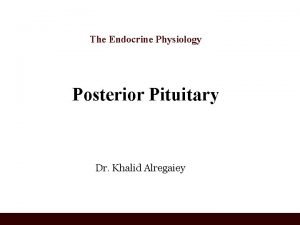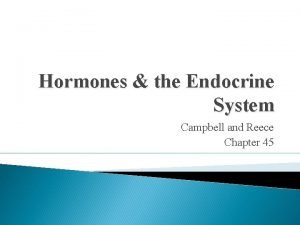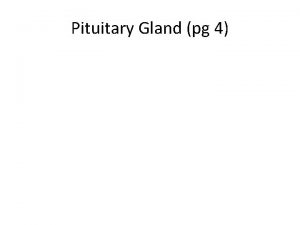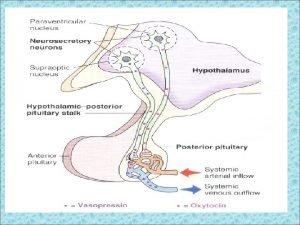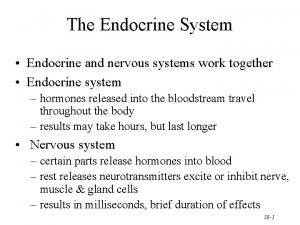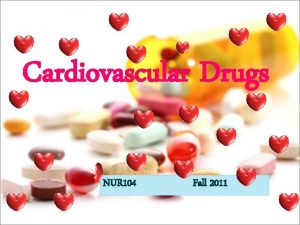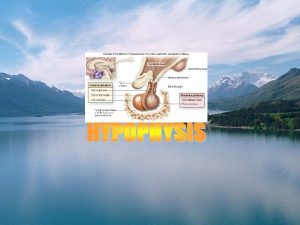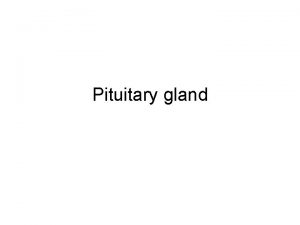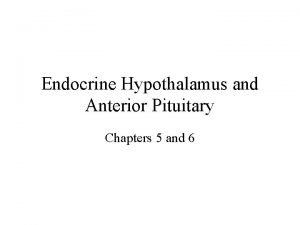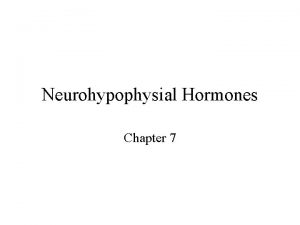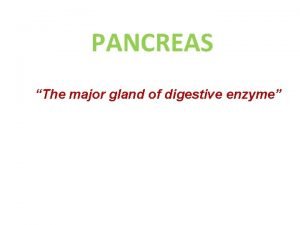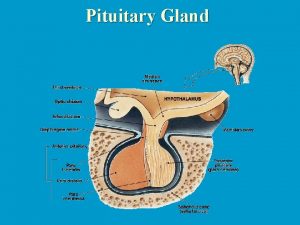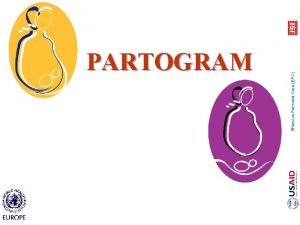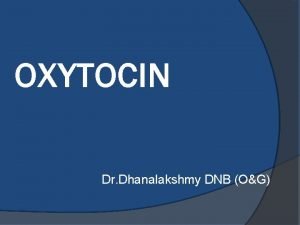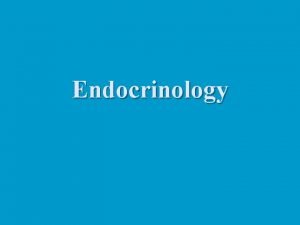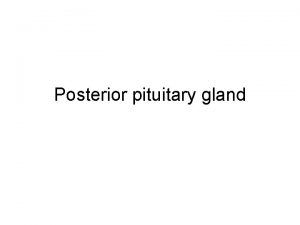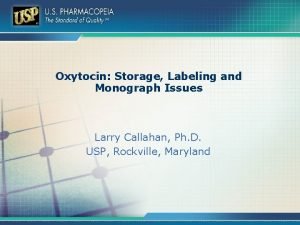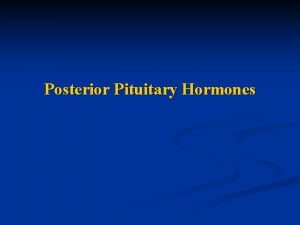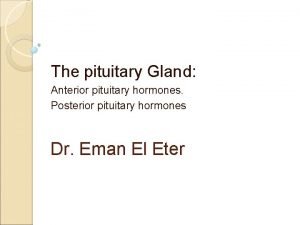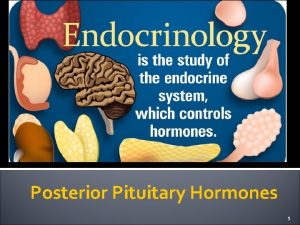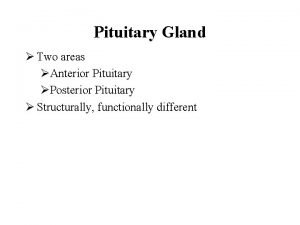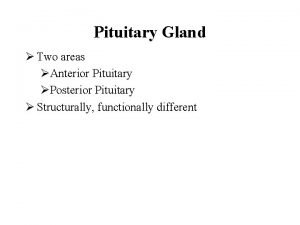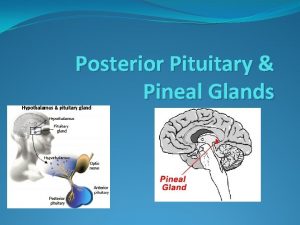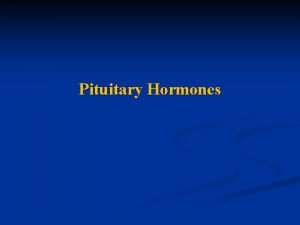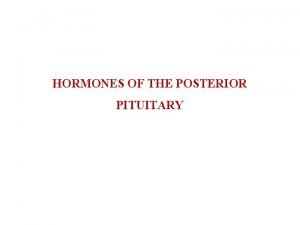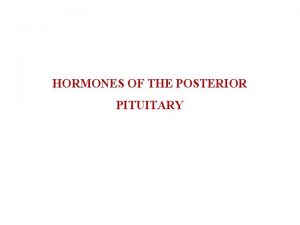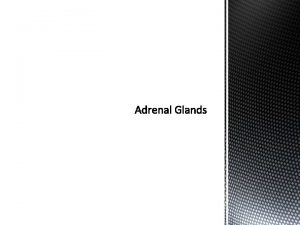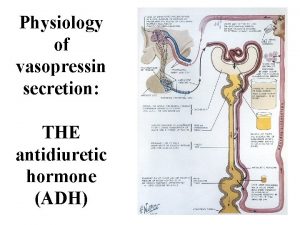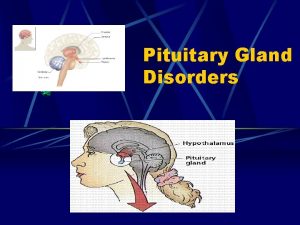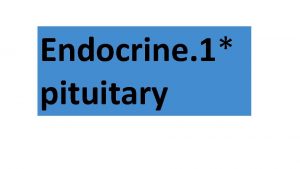Posterior Pituitary Hormones ADH Vasopressin Oxytocin Nonapeptides 9






















- Slides: 22

Posterior Pituitary Hormones

ADH (Vasopressin) & Oxytocin Nonapeptides (9 a. a) Known as neurohormones Synthesized in the hypothalamus Stored in the posterior pituitary → release ? Role as neurotransmitters (V 1 R’s in CNS) Role of Oxytocin in man is unknown n

ADH ( Vasopressin) Physiological and pharmacological actions: - Vasoconstriction (V 1 receptors) - ↑ reabsorption of H 2 O from collecting ducts (V 2 receptors) - ↑ synthesis of certain clotting factors (VIII, Von Willebrand) (V 2 receptors) - ↑ ACTH release (V 3 receptors) - Oxytocin-like activity n

Factors/Drugs ↑ ADH release: - Hypovolemia, hyperosmolarity, pain, stress, nausea, fever, hypoxia - Angiotensin II - Certain prostaglandins - Nicotine, cholinergic agonists, βadrenergics - Tricyclic antidepressants - Insulin, morphine, vincristine… n

Factors/Drugs ↓ ADH release: - Hypervolemia - Hypoosmlarity - Alcohol - Atrial natriuretic peptide - Phenytoin - Cortisol - Anticholinergics, α-adrenergics, GABA. . . n

Disorders affecting ADH release: A. Excess production (inappropriate ADH secretion) → Dilutional hyponatremia Causes: - Head trauma, encephalitis - Meningitis, oat cell carcinoma R x: - Water restriction (Rx of choice) - Hypertonic saline solution - Fludrocortisone → ↑ Na+ blood level - ? ADH antagonists n

ADH antagonists - Conivaptan, V 1 & V 2 R antagonist given IV - Tolvaptan; Lixivaptan & Satavaptan, orally effective selective V 2 R antagonists Clinical uses: - Inappropriate ADH secretion - CHF n

B. Deficiency of ADH → Diabetes insipidus (DI)→ polyurea Causes: - Idiopathic DI - Congenital, Familial DI - Hypothalamic surgery, head trauma, malignancies - Gestational DI, overproduction or decreased clearance of vasopressinase R x: ADH preparations (HRT)

ADH preparations: - Natural human ADH (Pitressin) Given I. M, S. C, has short half-life (15 min) - Lypressin (synthetic, porcine source) Given intranasally, I. V, I. M, has short DOA (4 hrs) - Desmopressin (synthetic ADH-like drug) Given intranasally, S. C Most widely used preparation, has long DOA (12 hrs) n

- Felypressin (synthetic ADH-like drug) Has strong vasoconstrictor activity Mainly used in dentistry n Clinical uses to ADH: - DI - Nocturnal enuresis - Hemophilia - Bleeding esophageal varices

Side effects to ADH preparations: - Allergy - Pallor - Headache, nausea, abdominal pain in ♀’s (oxytocin-like activity) - Anginal pain (coronary artery vasospasm) - H 2 O intoxication (massive doses) - Gangrene (rare particularly with desmopressin= has great affinity to V 2 receptors) n

Drugs acting on the uterus

I. Uterine stimulants 1. Oxytocin: (nonapeptide=9 a. a peptide) - Contracts the myoepithelial cells of the breast → milk letdown; milk ejection Major stimuli, baby cry and suckling - Contracts the uterus → delivery The uterus is insensitive to oxytocin in early pregnancy but its sensitivity increases with advanced pregnancy reaching maximum at time of delivery - Has slight ADH-like activity

Oxytocin MOA: - Surface receptors → stimulation of voltagesensitive Ca++ channels → depolarization of uterine muscles → contractions - ↑ intracellular Ca++ - ↑ prostaglandin release n

Clinical uses to oxytocin: - Induction of labor Drug of choice given in units in an I. V infusion - Postpartum hemorrhage, I. M. Ergot alkaloids are better (ergonovine, methylergonovine, syntometrine= oxytocin+ ergometrine) - Breast engorgement, intranasally - Abortifacient, I. V infusion. ≥ 20 weeks of gestation, ineffective in early pregnancy n

Side effects to oxytocin: - Rupture of the uterus Major and most serious side effect - H 2 O intoxication and hypertension Due to its ADH-like activity n Specific oxytocin antagonist Atosiban (inhibitor to uterine contraction=tocolytic), effective in the management of premature delivery, given IV n

2. Prostaglandins: * Dinoprostone (PGE 2) Vaginal pessaries, inserts and gel, tab Abortifacient, induction of labor * Dinoprost (PGF 2α) I. V infusion and intramniotic Same uses as dinoprostone

* Carboprost (PGF 2α) I. M and intramniotic Abortifacient and postpartum hemorrhage * Gemeprost (PGE 1) Vaginal pessaries Used to prime the cervix 3. Ergot alkaloids: Ergonovine, Methylergonovine I. M, oral

Ergot alkaloids remain the drugs of choice to manage postpartum hemorrhage As compared to oxytocin, ergot alkaloids are more potent, they produce more prolonged and sustained contractions of the uterus and they are less toxic Ergot alkaloids are contraindicated to be used as inducers to delivery (associated with high incidence of fetal distress and mortality)

II. Uterine relaxants (Tocolytics) Major clinical use: premature delivery (weeks 20 -36) → improve the survival of the newborn 1. β-adrenergic agonists: ↑ c. AMP → ↓ cytoplasmic Ca++ * Ritodrine I. V infusion Most widely used * Terbutaline, Oral, S. C, I. V

Side Effects to β-adrenergics: Sweating, tachycardia, chest pain… 2. Magnesium sulfate I. V infusion Activates adenylate cyclase and stimulates Ca++ dependent ATPase Uses: premature delivery and convulsions of pre- eclampsia

3. Progesterone Oral, I. M Dydrogesterone 4. Oxytocin competitive antagonists Atosiban 5. Prostaglandin synthesis inhibitors Indomethacin, Meloxicam 6. Nifedipine ** Major contraindication to tocolytics: fetal distress
 Posterior pituitary hormones
Posterior pituitary hormones Neurotransimitters
Neurotransimitters Embryonic development of pituitary gland
Embryonic development of pituitary gland Pituitary gland hormones
Pituitary gland hormones Pituitary hormones and their targets
Pituitary hormones and their targets Vasopressin mechanism
Vasopressin mechanism Wiley
Wiley Vasopressin moa
Vasopressin moa Htpothalamus
Htpothalamus Somatotrophs
Somatotrophs Difference between anterior and posterior pituitary
Difference between anterior and posterior pituitary Difference between anterior and posterior pituitary
Difference between anterior and posterior pituitary Structure of posterior pituitary gland
Structure of posterior pituitary gland Posterior pituitary
Posterior pituitary Adh released from
Adh released from Oxytocin
Oxytocin Normal partograph
Normal partograph Ptocin
Ptocin Tocolytic drugs
Tocolytic drugs Oxytocin is secreted by
Oxytocin is secreted by Oxytocin
Oxytocin Oxytocin
Oxytocin Oxytocin storage
Oxytocin storage
